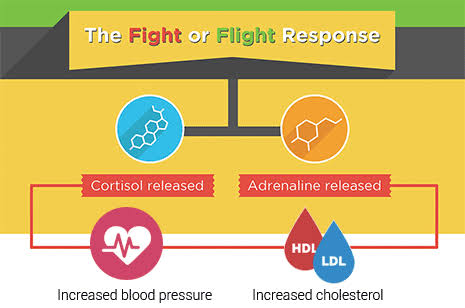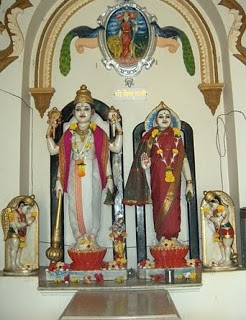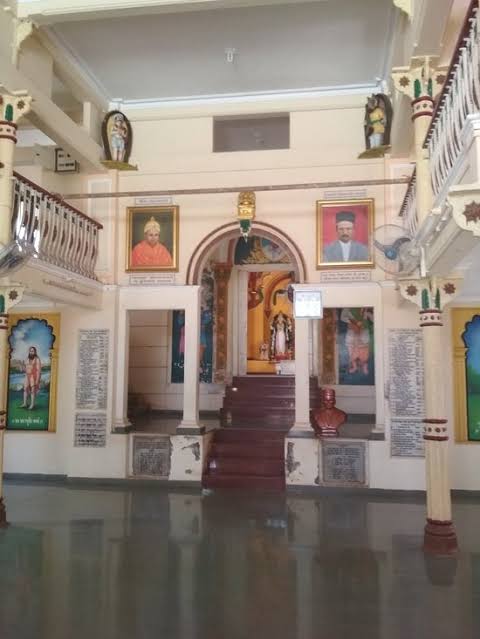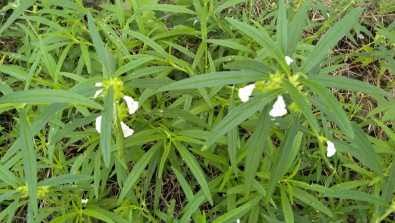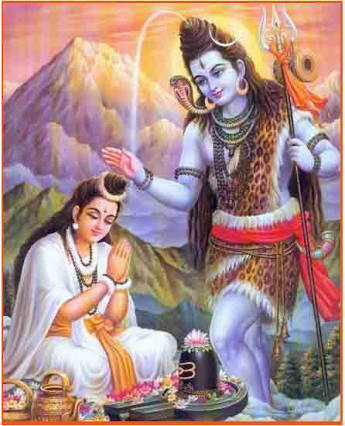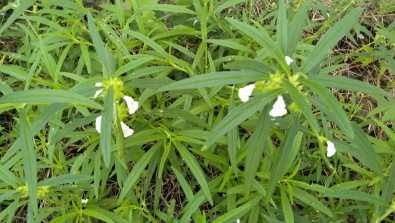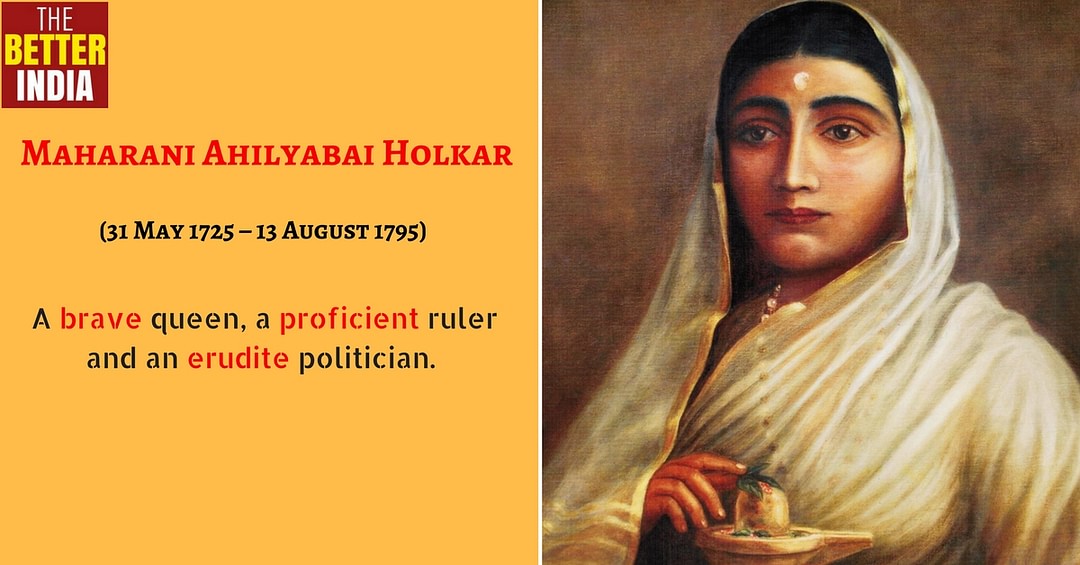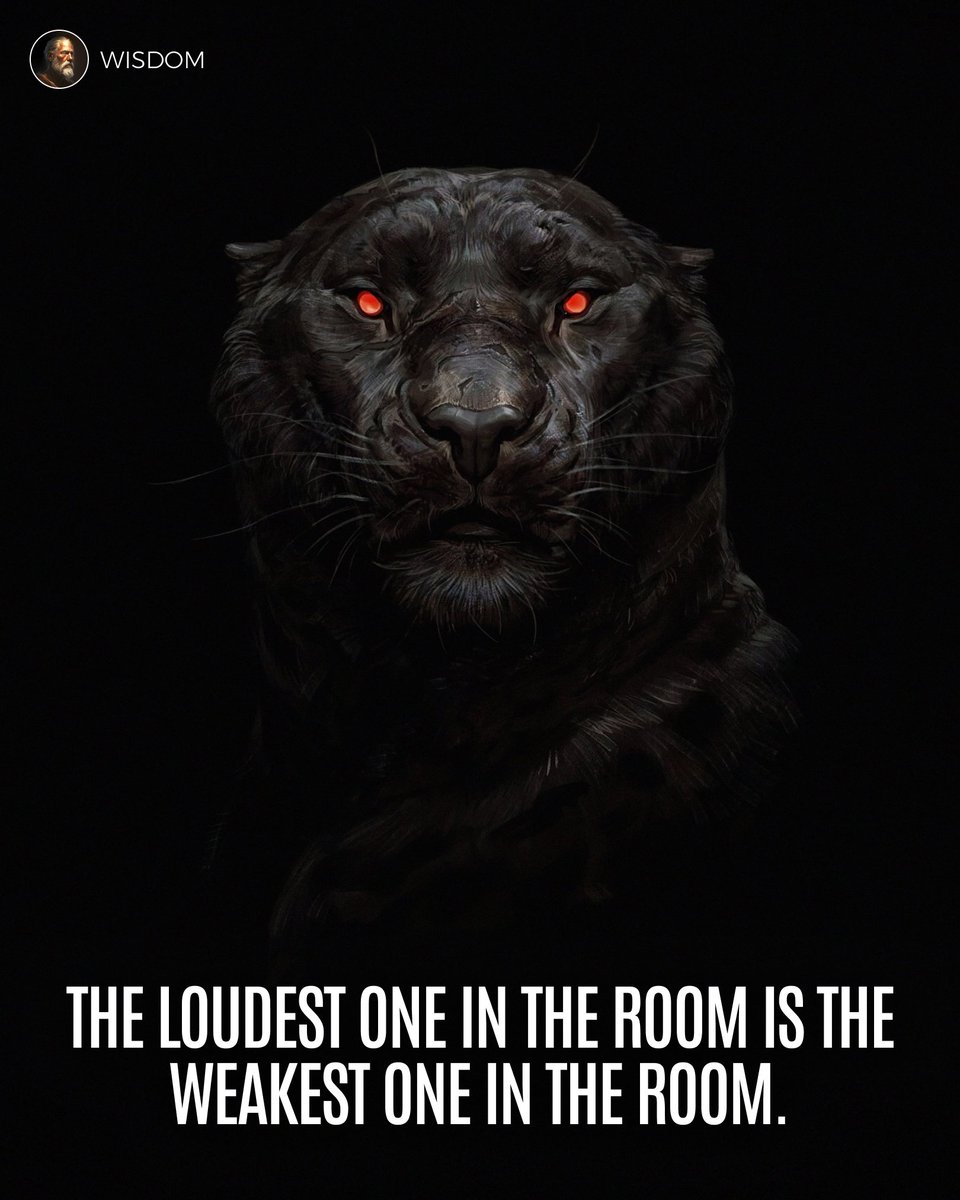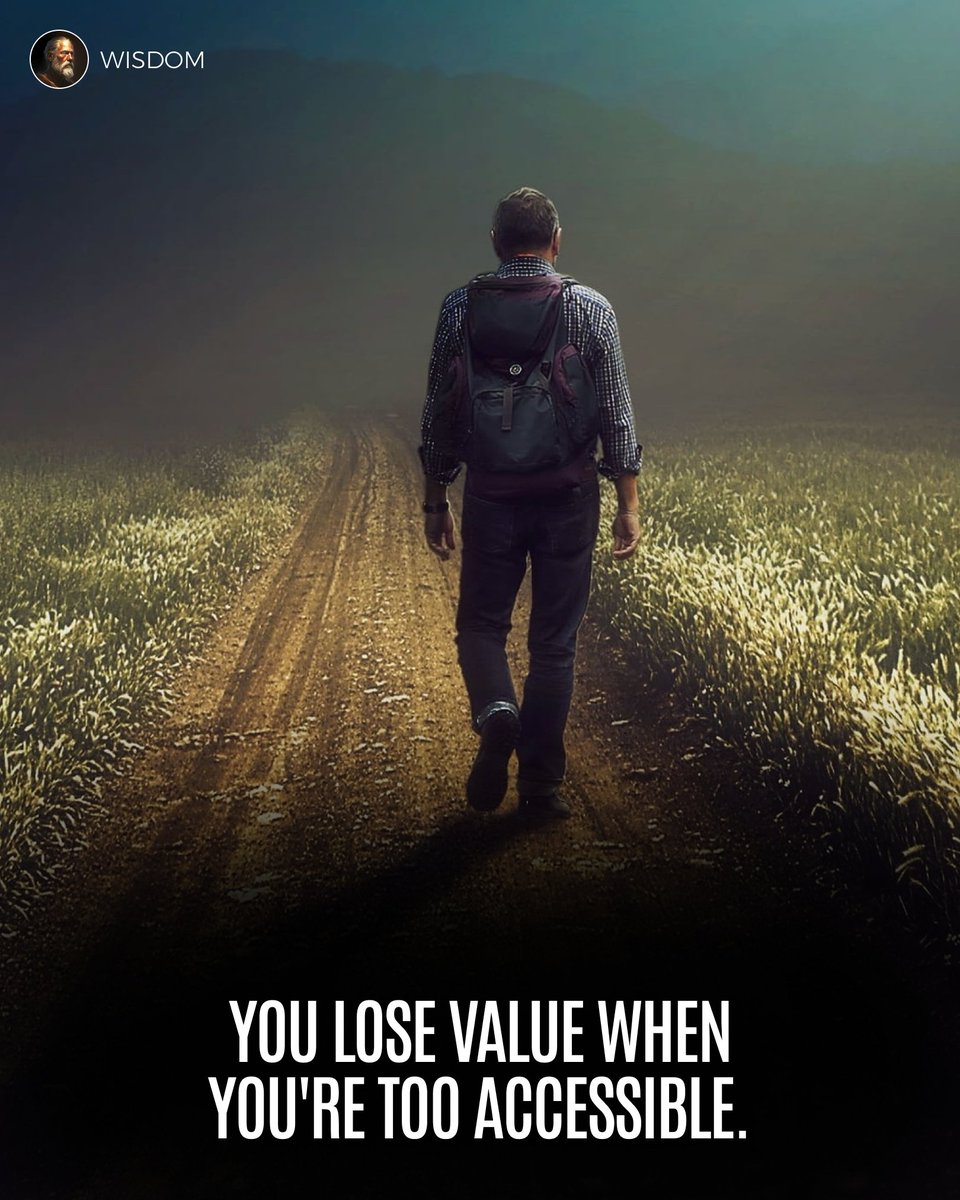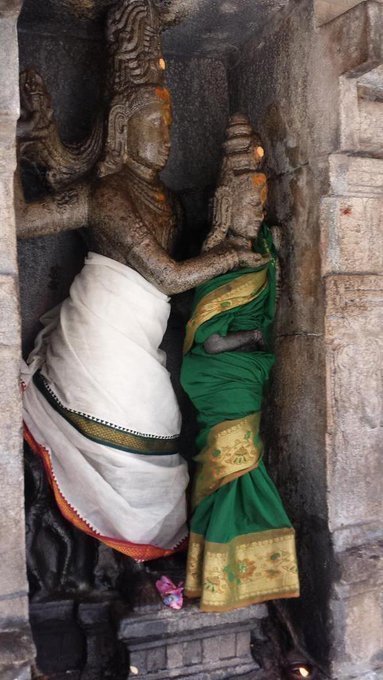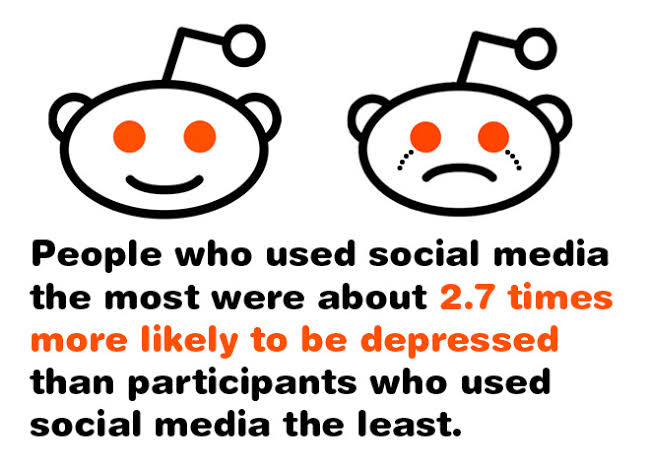
Dopamine, SM and Addiction
#Thread
Please check where you fit and act accordingly.
‘Like’ it or not, using social media can cause anxiety, depression, and other health challenges.
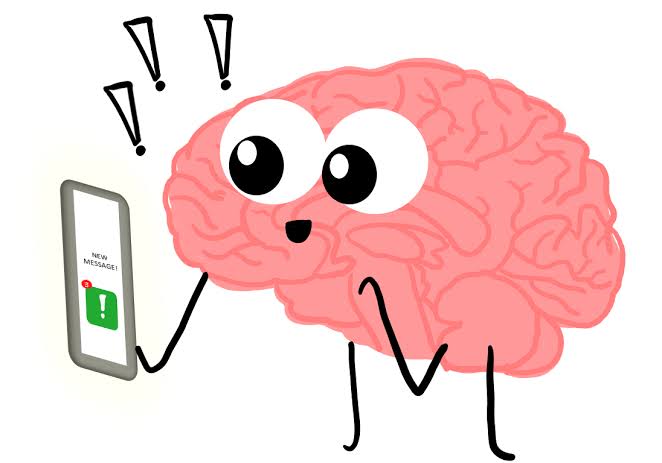

According to a new study by Harvard University, self-disclosure on social networking sites lights up the same part of the brain that also ignites when taking an addictive substance.
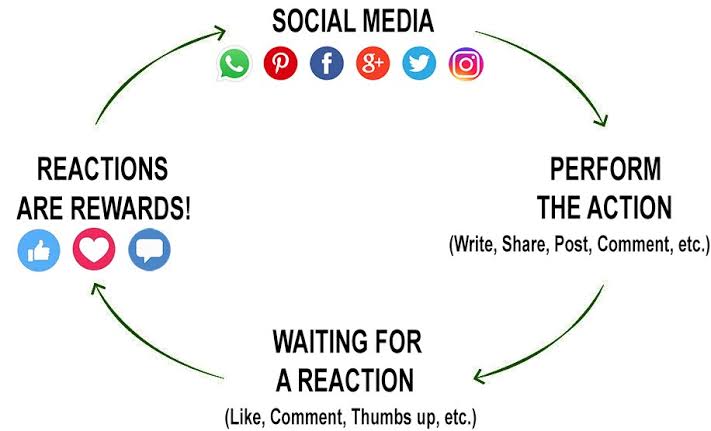
When someone experiences something rewarding or uses an addictive substance, neurons in the principal dopamine-producing areas in the brain are activated & dopamine levels rise.
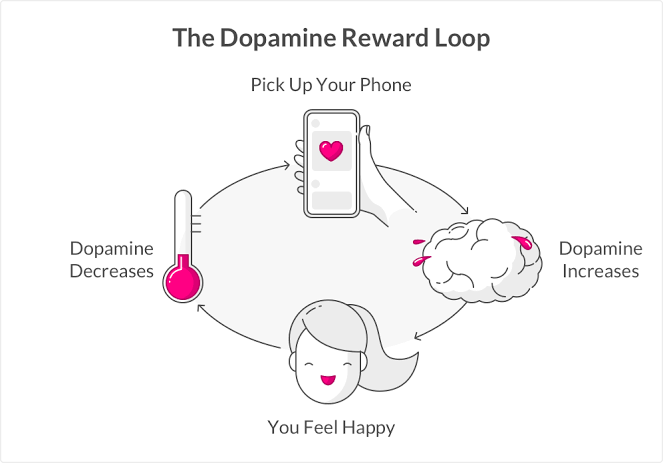
This is observable in SM usage; when an individual gets a notification, such as a like or mention, the brain receives a rush of dopamine & sends it along reward pathways,
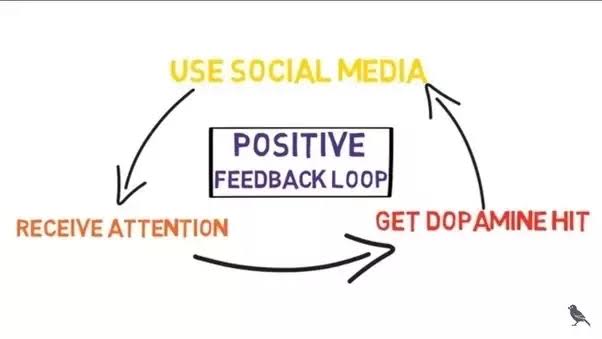
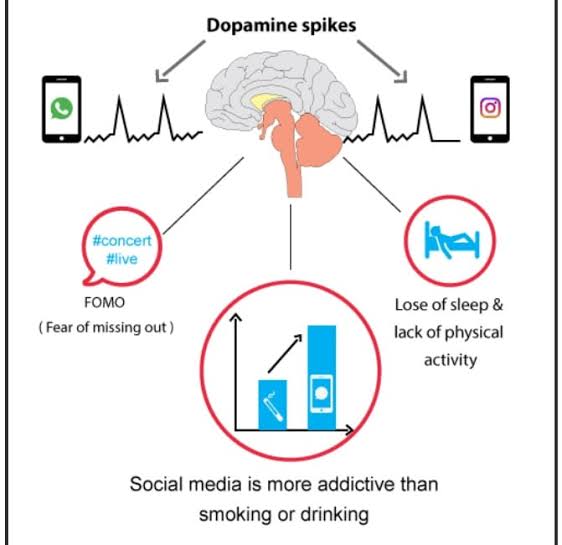
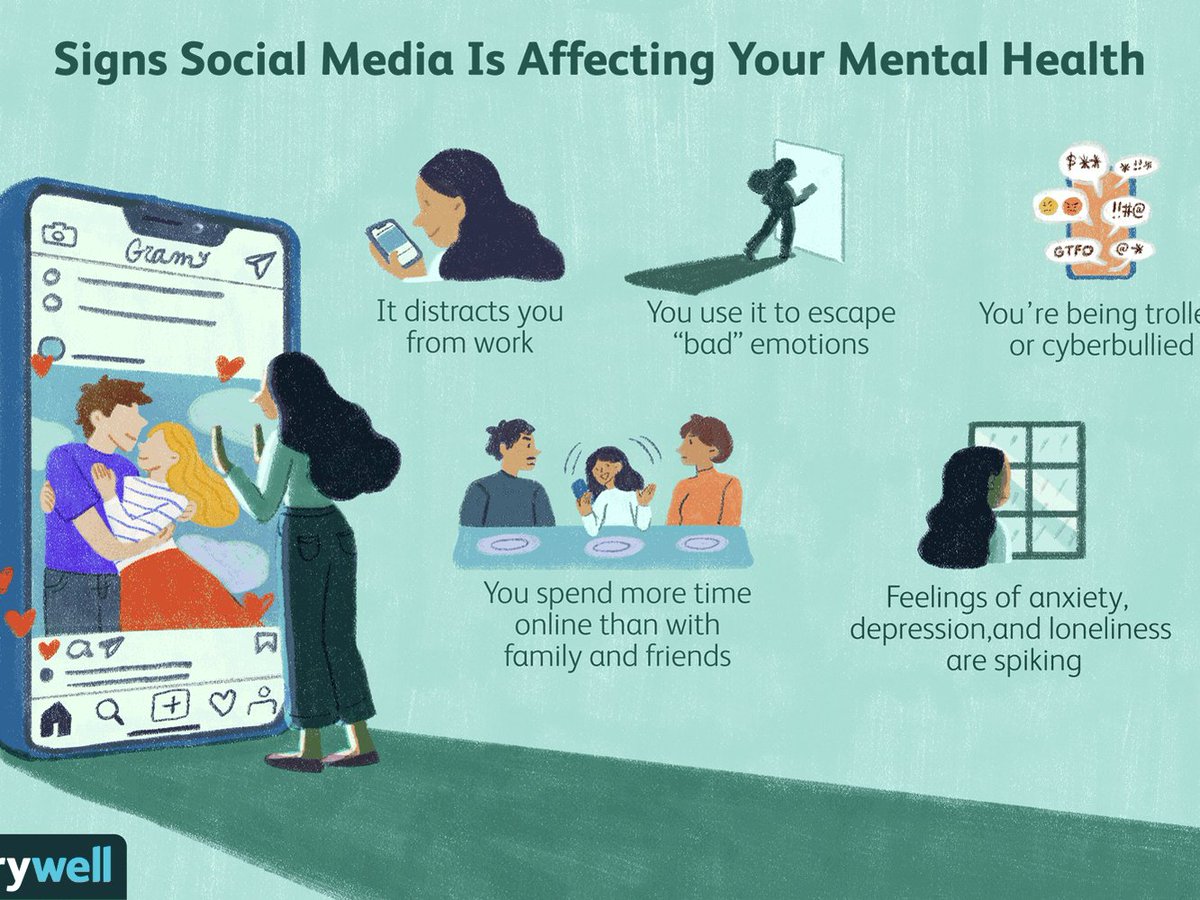
And to get rid of bad interpersonal relationships, work responsibilities one uses more SM.
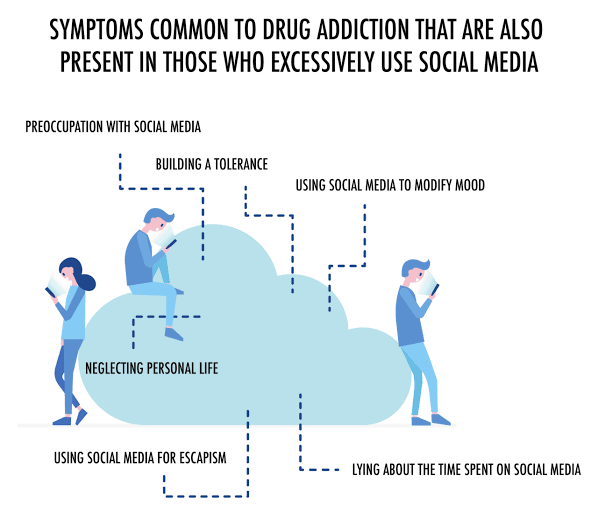
Please ask yourself the following questions to understand whether you are addicted or not?
1. Do u spend a lot of time thinking about SM or planning to use SM?
2. Do u feel urges to use SM more & more?
3. Do u use SM to forget about personal problems?
More from Āyudhika
The bizzare version created to again divide and rule.
This #Thread is not to give these jokers undeserved attention but to expose the fraud of this racist pseudo-history.
1. If Durga Puja story is a myth, so would be the Mahishasur martyrdom story.
2. If Durga Puja story is based on the Brahminical fraud, will Mahishasur martyrdom story break this fraud?
3. History must be rewritten. To appease Bahuj@ns?
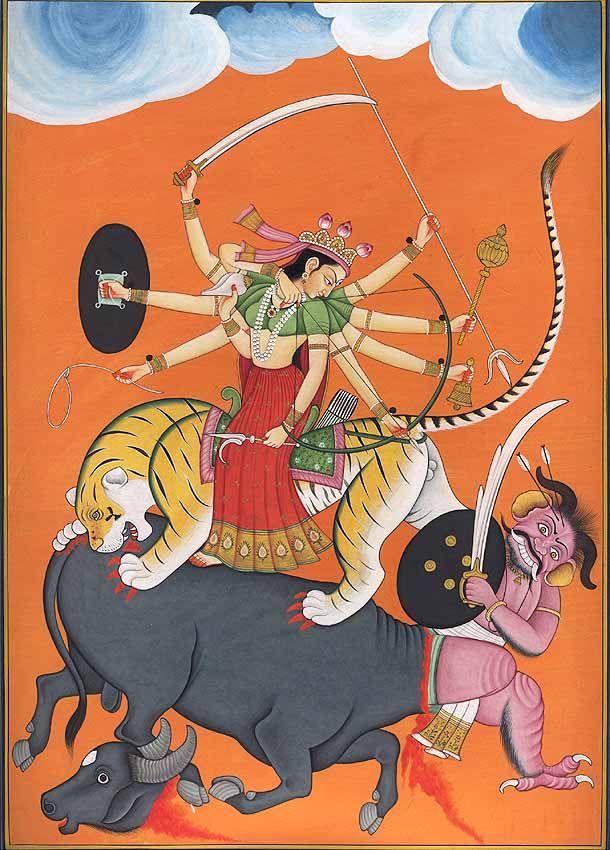
4. SC/STs and other D@lit - B@hujans were systematically oppressed by the Brahmins.
Then how did the Ahoms, Bhils, Marathas, Garos, Khasis, Jats, Gujjar, etc rise?
How did the above create history?

5. The bizzarest of bizzare
Who created this Mahishasura Martyrdom day?
This story was first published in an insignificant Hindi magazine called Yadava Shakti. In 2011, it was published in Forward Press & was used by the AIBSF(All India Backward Student Federation) unit of JNU
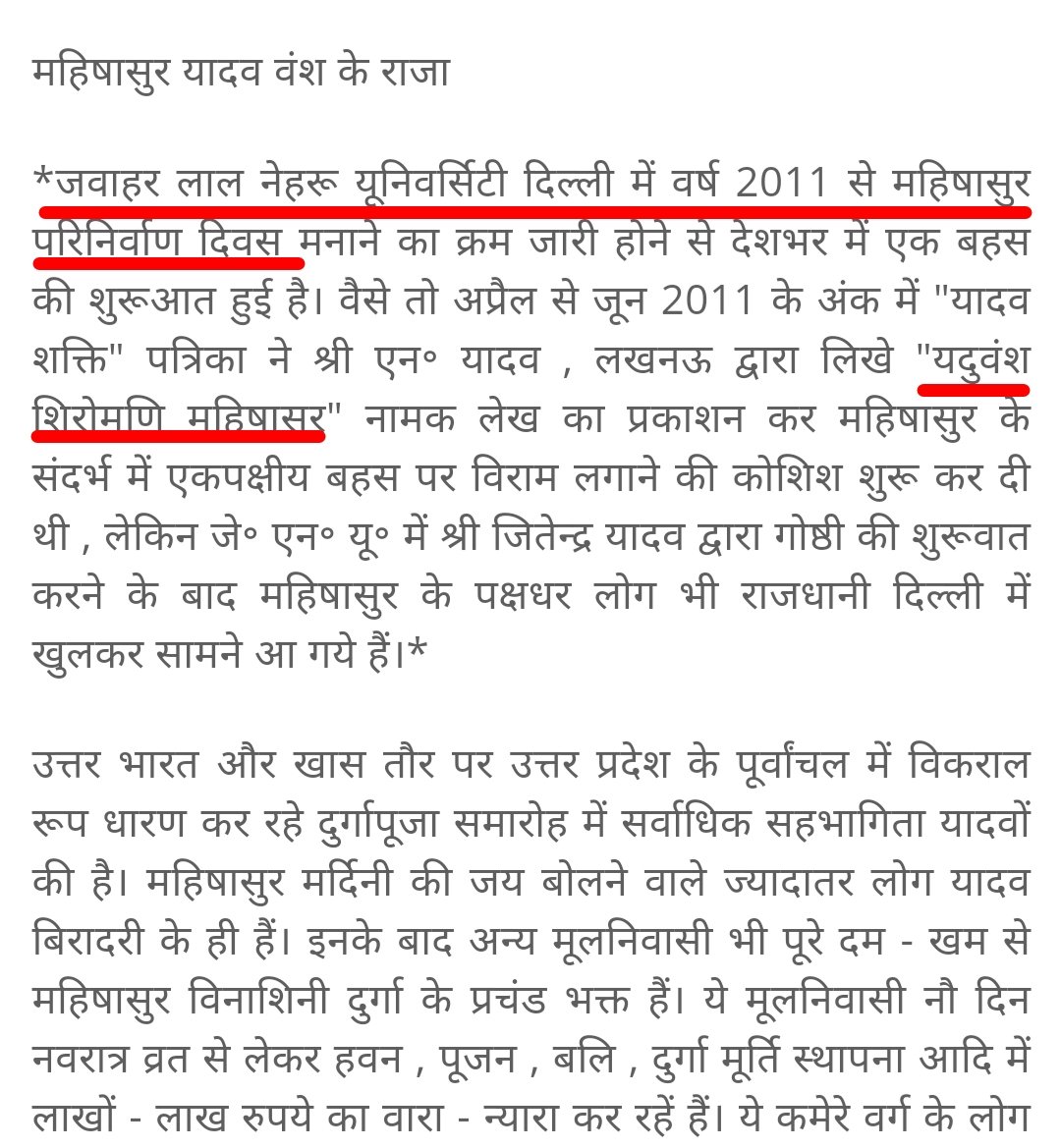
The orginal article was made chatpata by adding phrases like 'must be', 'may have been' etc
Forward press is run by a OBC - Xti@n.
So who are the real people spreading these pseudo-historical stories? Xtian missionaries and the infamous JNU activists.
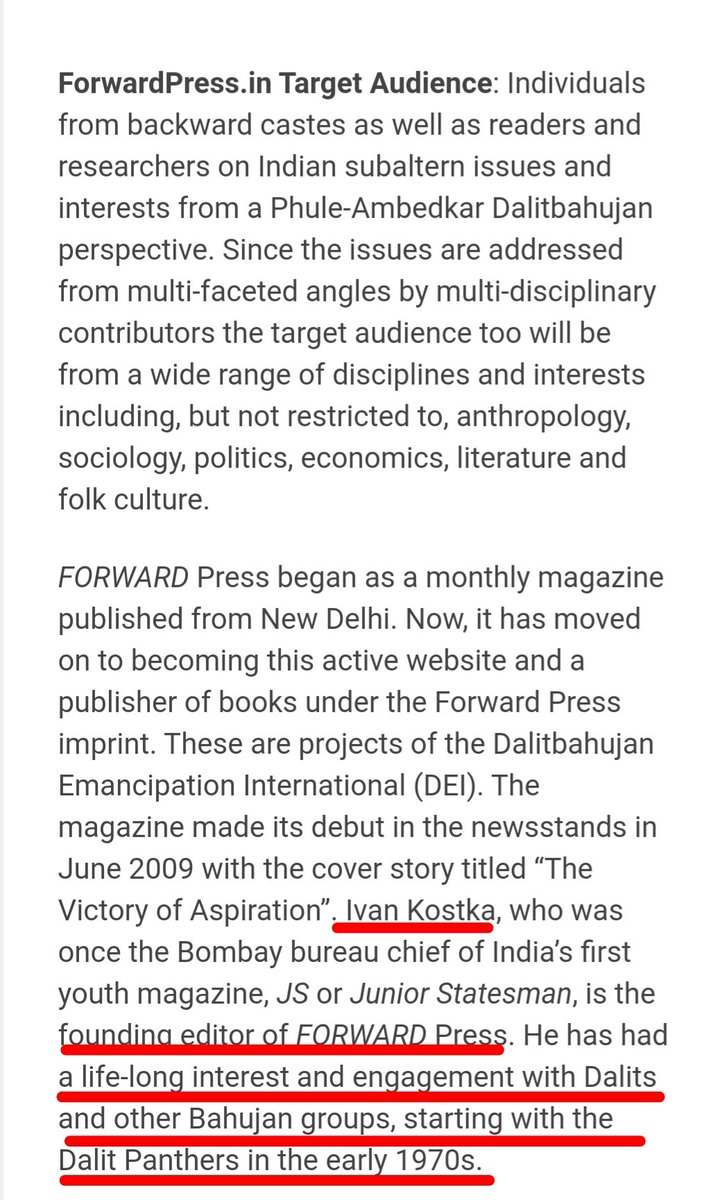
This #Thread is not to give these jokers undeserved attention but to expose the fraud of this racist pseudo-history.
Many bengalis, even SCs celebrate Durga puja. But actually Durga is a brahminical construct to humiliate our indigenous king Mahisasur. Every SC/ ST should be a proud Asura . Durga Puja is casteism . Say No to Durga puja. pic.twitter.com/sNzhppd9rY
— Sankha | \u09b6\u0999\u09cd\u0996 (@BongGalileo) June 6, 2021
1. If Durga Puja story is a myth, so would be the Mahishasur martyrdom story.
2. If Durga Puja story is based on the Brahminical fraud, will Mahishasur martyrdom story break this fraud?
3. History must be rewritten. To appease Bahuj@ns?

4. SC/STs and other D@lit - B@hujans were systematically oppressed by the Brahmins.
Then how did the Ahoms, Bhils, Marathas, Garos, Khasis, Jats, Gujjar, etc rise?
How did the above create history?

5. The bizzarest of bizzare
Who created this Mahishasura Martyrdom day?
This story was first published in an insignificant Hindi magazine called Yadava Shakti. In 2011, it was published in Forward Press & was used by the AIBSF(All India Backward Student Federation) unit of JNU

The orginal article was made chatpata by adding phrases like 'must be', 'may have been' etc
Forward press is run by a OBC - Xti@n.
So who are the real people spreading these pseudo-historical stories? Xtian missionaries and the infamous JNU activists.






